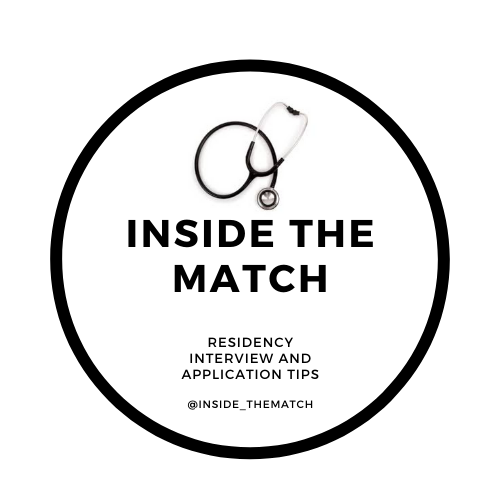Tips to Excel on a Urology Sub-I
Written by Tatum Reed Williamson
Congratulations! You’ve made it through the third year of medical school and are now headed to an exciting time: urology sub-I season. You might not have had much exposure to bread-and-butter urology during your third-year clerkships, but don’t worry, there’s a lot you can do to prepare yourself for the coming months.
In this post, I will discuss tips to succeed in three settings: the operating room (OR), consults, and the clinic!
OR: On urology sub-I’s, you will spend the vast majority of your time in the OR, so it’s important to familiarize yourself with the most common operations you’ll see. This can vary depending on the institution, but you’ll probably see quite a few robotic prostatectomies, cystectomies, slings, cystoscopies, and ureteroscopies just to name a few.
Just like you did in your surgery clerkship, review the patient’s history, indications for the procedure, and relevant anatomy before each case. Hinman’s Atlas of Urologic Surgery was my go-to for this, and there will probably be one in the resident room that you can use. No one will expect you to know the entire procedure, but it’s a lot easier to follow along if you’re familiar with key parts of the operation. You’ll likely be allowed to close port sites so make sure to brush up on your suturing and knot-tying skills beforehand!
Consults: In between cases, you might have the opportunity to accompany residents to see consults. One of the most common consults a urologist will see is kidney stones. Make sure you review the different types of stones, risk factors, and indications for surgical intervention. Other issues you might see are difficult Foley placement, hematuria, torsion, and priapism. Wieder’s Pocket Guide to Urology is a must-have to carry in your pocket, and it provides a wealth of information on common consults and their diagnosis and management.
Clinic: The clinic is a great opportunity to work closely with attending physicians and learn how to counsel patients. Common issues you’ll encounter are prostate and bladder cancer, incontinence, erectile dysfunction, and BPH. It’s a good idea to look at the clinic schedule the day before and familiarize yourself with the patients you’ll be seeing; if there are any you’re particularly interested in, you can ask to take initiative and see the patient first by yourself and then present to the attending. The clinic can be an overlooked setting in surgical rotations, but it can be a great way to stand out and cinch a glowing letter of recommendation!
As you can see, there are many amazing resources out there for urology. In addition to the ones I previously mentioned, I could not have survived my rotations without the AUA Core Curriculum, which you can get as an AUA member. If you’re an Anki fan (I was!), the BIDMC urology Anki deck is an amazing resource that should cover most of what you will see on your rotations.
My most important tip: make sure to be yourself and have fun. The main purpose of away rotations is to figure out if the program is a good fit for you and if you could see yourself there for 5-6 years! No matter what, make sure to be kind to everyone you meet: introduce yourself to scrub techs, nurses, and medical assistants. The month will go a lot more smoothly if they have your back! At the end of the day, people probably won’t remember if you got every single question correct, but they will remember if you were a pleasant person who they enjoyed being around. Luckily, urologists tend to be a very kind and good-natured group, so you’re in for a fun few months!

